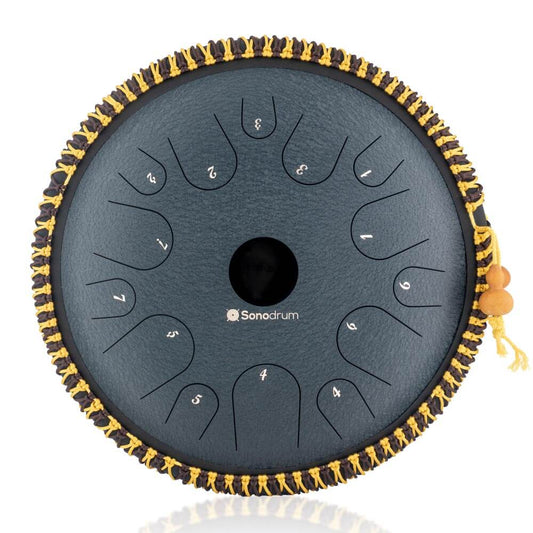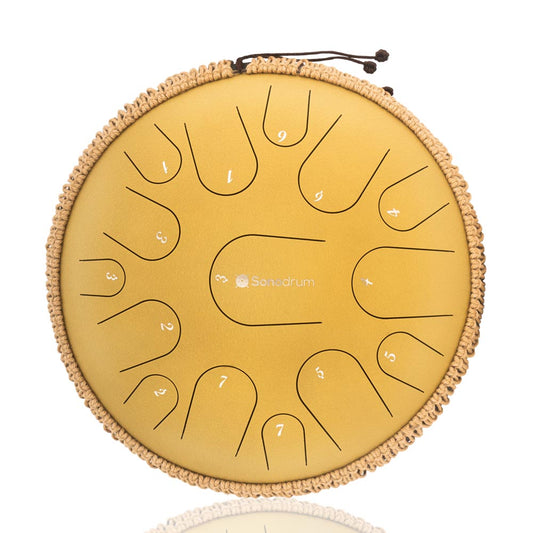When we think about Native American culture, a rich tapestry of traditions, stories, and artistry comes to mind. Among the most captivating aspects of this culture is its music. Traditional Native American music is a spiritual journey that resonates with the heart and soul, connecting people to the land and their ancestors. In this blog post, we will dive deep into the enchanting world of Native American music, exploring its history, significance, and the different instruments and styles that have shaped it over the centuries.
The Roots of Native American Music:
Native American music has a history that spans thousands of years, deeply intertwined with the spiritual, cultural, and social life of indigenous tribes across North America. It is a multifaceted expression of the people's connection to the natural world and their spirituality. Traditional Native American music encompasses a wide range of styles, each unique to various tribes and regions, making it a diverse and captivating art form.
Instruments and Vocal Traditions:
-
Drums: The drum is perhaps the most iconic instrument in Native American music. Traditionally made from animal hides stretched over wooden frames, these drums are used to create rhythmic and hypnotic beats. They are central to powwows, ceremonies, and dances, acting as a heartbeat that unites the community.
-
Flutes: The Native American flute is another integral part of traditional music. Crafted from various types of wood, these flutes produce hauntingly beautiful melodies. They are often used to communicate stories and emotions, capturing the essence of the natural world.
-
Vocals: Native American singing is characterized by its powerful and evocative nature. Songs often incorporate vocables (nonsense syllables) and lyrics in indigenous languages, telling stories, offering prayers, and conveying deep emotions. The vocals are intertwined with the rhythms of drums and other instruments, creating a harmonious and spiritually moving experience.
Styles and Rituals:
-
Powwows: Powwows are vibrant social gatherings where Native American communities come together to celebrate their culture through dance, music, and food. These events feature a variety of dances, each with its unique music and regalia. The sound of drums and voices fills the air, creating an electrifying atmosphere.
-
Ceremonial Music: Traditional ceremonies, such as sweat lodges, sun dances, and rain dances, involve specific musical rituals. These ceremonies use music as a means of connecting with the spirit world, seeking guidance, and celebrating the sacred.
-
Storytelling: Many Native American songs are used as a form of storytelling. They recount the history and legends of the tribe, passing down knowledge from one generation to the next. These songs serve as a way to preserve cultural heritage and maintain a connection with the past.
Conclusion:
Traditional Native American music is a treasure trove of culture, spirituality, and history. It weaves together the threads of indigenous communities, connecting them to their ancestors and the natural world. By exploring the instruments, styles, and rituals of Native American music, we gain a deeper appreciation for the profound role it plays in the lives of Native American people. It is a testament to the resilience and vitality of indigenous cultures, reminding us of the importance of preserving and celebrating these traditions for generations to come.




